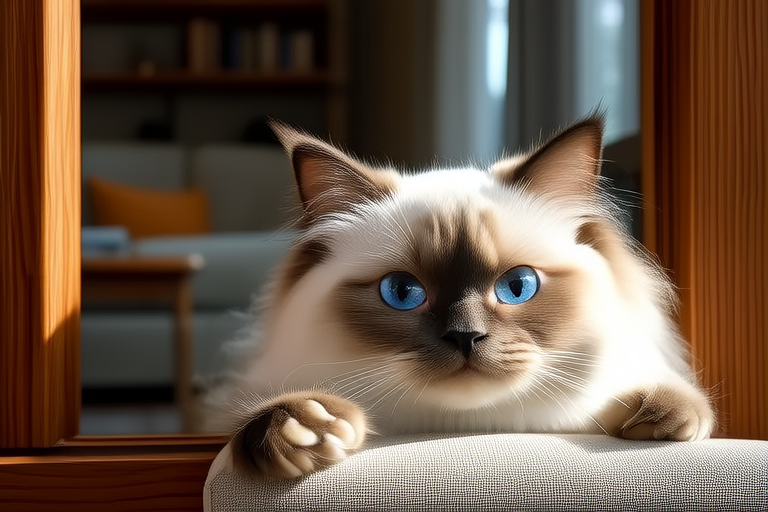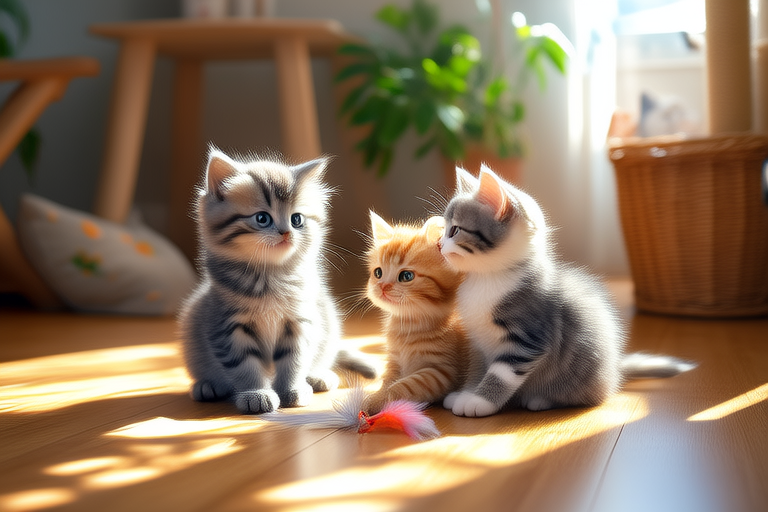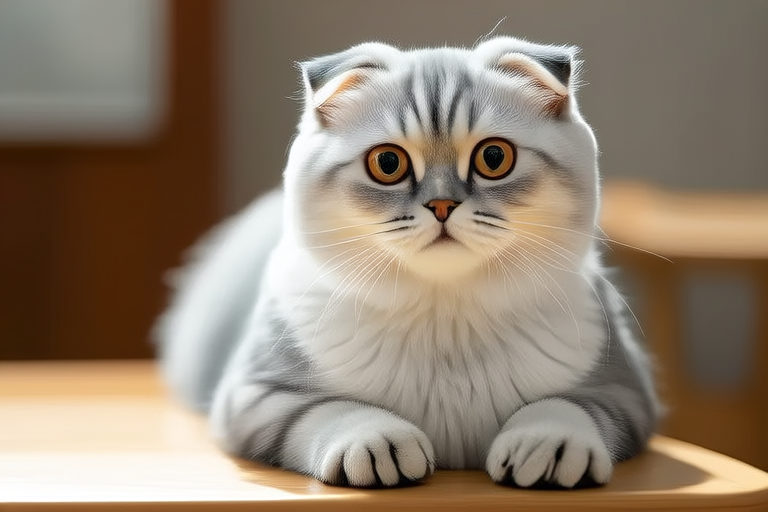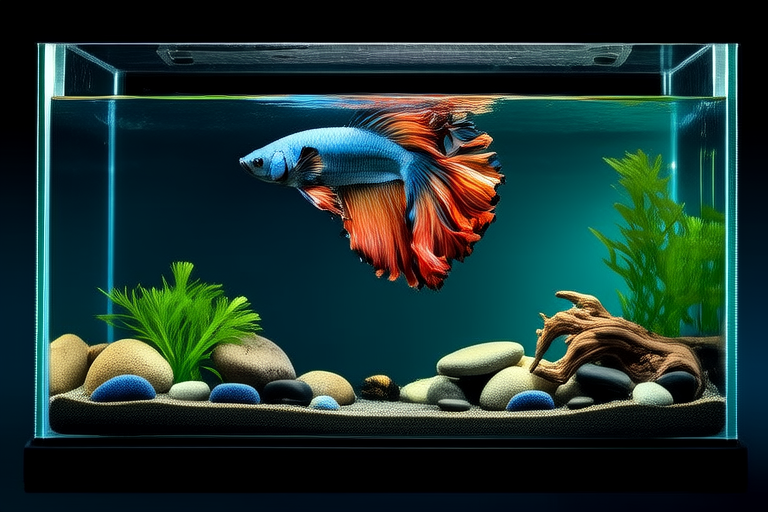
The Comprehensive Guide to Ragdoll Cats
Ragdolls are one of the most popular and beloved cat breeds worldwide. Known for their striking blue eyes, luxurious semi-longhair coat, and gentle demeanor, these felines have captured the hearts of many. Beyond their outward charm, Ragdolls possess a fascinating history, unique behaviors, and specific care requirements that make them stand out. This guide delves into the depths of what makes Ragdolls special, offering insights from veterinarians and breeders, dispelling common myths, and providing practical advice for prospective owners.
Origins and Genetic Predispositions
The Ragdoll breed originated in the United States during the 1960s when a breeder named Ann Baker crossed several domestic longhaired cats with a white Persian male. The resulting offspring exhibited the distinctive traits that would define the Ragdoll breed. These cats are known for their docility, which stems from a combination of genetics and selective breeding. Ragdolls tend to have a relaxed disposition, often described as “going limp” when held, much like a rag doll, hence their name.
Genetic research has revealed that Ragdolls share certain genetic markers with Siamese cats, explaining their pointed coloration pattern. However, unlike their Siamese cousins, Ragdolls are generally more placid and less vocal. Their calm temperament is further enhanced by generations of selective breeding aimed at producing an affectionate and easygoing companion.
Behavioral Traits and Interaction with Humans
Ragdolls are renowned for their affectionate nature, making them excellent companions for families and individuals alike. They form strong bonds with their human caregivers, often following them around the house and seeking out physical contact. Many Ragdolls enjoy being carried or cuddled, and some even tolerate being wrapped up in blankets, reminiscent of their namesake.
Despite their docile demeanor, Ragdolls can be quite playful, especially during their younger years. They enjoy interactive toys and games that engage both their minds and bodies. Owners often report that their Ragdolls are particularly fond of water, sometimes dipping their paws into shallow bowls or even playing in small pools. This curiosity and playfulness, combined with their affection, make Ragdolls delightful pets.
When interacting with strangers, Ragdolls tend to be reserved but not aggressive. They may take time to warm up to new people, preferring to observe from a safe distance before approaching. Once they feel comfortable, however, they can become quite sociable, offering gentle purrs and headbutts as signs of trust.
Living Conditions and Health Considerations
Ragdolls thrive in environments that cater to their need for comfort and security. While they can adapt to various living situations, they generally prefer quiet homes where they can relax without constant disturbance. Multi-story houses with ample space for climbing and exploration are ideal, allowing Ragdolls to express their natural instincts. Providing vertical spaces such as cat trees or shelves helps satisfy their desire to climb and perch.
Indoor living is highly recommended for Ragdolls due to their trusting nature and susceptibility to outdoor dangers. Keeping them indoors protects them from traffic, predators, and infectious diseases. Regular veterinary check-ups and vaccinations are essential to maintain their health. Additionally, ensuring access to clean water, nutritious food, and a stimulating environment will contribute to their well-being.
Common health issues among Ragdolls include hip dysplasia, hypertrophic cardiomyopathy (HCM), and polycystic kidney disease (PKD). Hip dysplasia affects the hip joints, causing discomfort and mobility issues. HCM is a heart condition characterized by thickened heart muscle walls, potentially leading to heart failure. PKD involves the formation of cysts in the kidneys, affecting their function over time. Responsible breeders screen their cats for these conditions through genetic testing and careful selection.
Veterinarians recommend regular monitoring of Ragdolls’ weight and body condition to prevent obesity, which can exacerbate joint problems and cardiovascular issues. Maintaining a healthy diet and encouraging适度锻炼有助于维持健康的体重和身体状况。定期的兽医检查和疫苗接种对于保持它们的健康至关重要。此外,确保提供干净的水、营养丰富的食物以及一个刺激性的环境将有助于它们的福祉。
Interaction with Other Pets
Ragdolls typically get along well with other animals, including dogs and other cats. Their friendly and non-aggressive nature makes them good candidates for multi-pet households. However, introducing a new Ragdoll to existing pets should be done gradually to allow all parties to adjust. Providing separate feeding areas and litter boxes initially can help minimize conflicts during the adjustment period.
Dogs, especially those accustomed to living with cats, usually accept Ragdolls readily. Supervised interactions are recommended initially to ensure compatibility and prevent any accidental mishaps. Once familiarized, many Ragdolls and dogs develop a close relationship, playing together and sharing affection.
Training Techniques Leveraging Affectionate Nature
Taking advantage of Ragdolls’ affectionate nature, positive reinforcement training methods are highly effective. Using treats, praise, and gentle petting as rewards encourages desirable behaviors while discouraging unwanted ones. Clicker training, where a clicking sound is used to mark correct actions followed by a reward, can also be beneficial.
Teaching basic commands such as ‘come,’ ‘sit,’ and ‘stay’ can enhance communication between owner and cat. Consistency and patience are key; short, frequent training sessions are more effective than lengthy ones. Incorporating playtime into training can make it enjoyable for both parties, reinforcing the bond between owner and pet.
Tips for First-Time Owners Considering Adopting a Ragdoll
Adopting a Ragdoll requires preparation and commitment. Prospective owners should research reputable breeders or shelters to find a healthy and well-socialized kitten. Meeting the parents of the kitten can provide insight into its expected temperament and health.
Creating a comfortable home environment is crucial. Providing cozy sleeping spots, scratching posts, and interactive toys will keep your Ragdoll happy and entertained. Establishing routines for feeding, playtime, and grooming helps create structure and predictability, which many cats appreciate.
Grooming is an important aspect of caring for a Ragdoll’s semi-longhair coat. Regular brushing helps prevent matting and hairballs while promoting skin health. Bathing may be necessary occasionally, particularly if the cat gets into something messy. Professional grooming services are available if you’re unsure about handling this task yourself.
Lastly, consider the long-term financial commitment involved in owning a Ragdoll. Veterinary care, quality food, and toys add up over time. Setting aside funds specifically for pet-related expenses ensures you can provide the best possible care for your new family member.
Myths and Misconceptions
One common myth about Ragdolls is that they require less attention compared to other breeds. While Ragdolls are generally low-maintenance in terms of exercise and grooming, they still need plenty of love and interaction. Neglecting their social needs can lead to behavioral issues or depression.
Another misconception is that Ragdolls are completely independent. Although they can entertain themselves for periods, they crave companionship and engagement. Providing mental stimulation through puzzle toys or interactive games helps fulfill their need for activity.
Some people believe that Ragdolls are prone to obesity because of their laid-back nature. While it’s true that Ragdolls may be less active than some other breeds, maintaining a balanced diet and encouraging适度锻炼有助于维持健康的体重和身体状况。定期的兽医检查和疫苗接种对于保持它们的健康至关重要。此外,确保提供干净的水、营养丰富的食物以及一个刺激性的环境将有助于它们的福祉。





